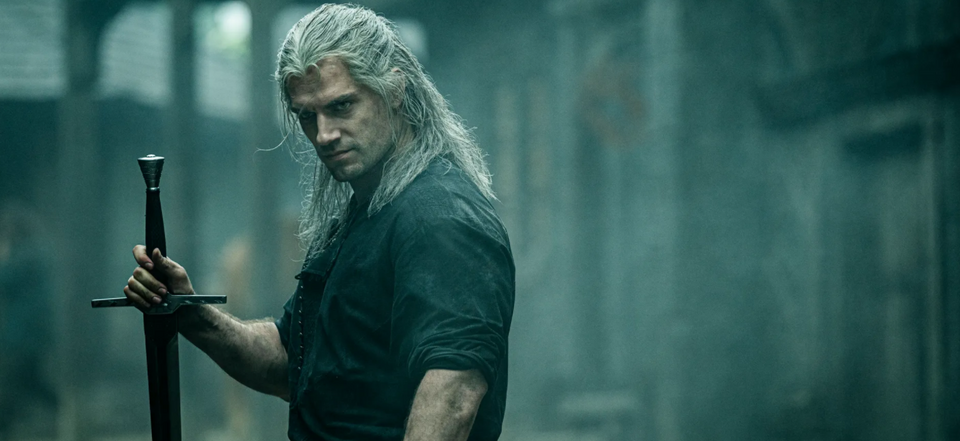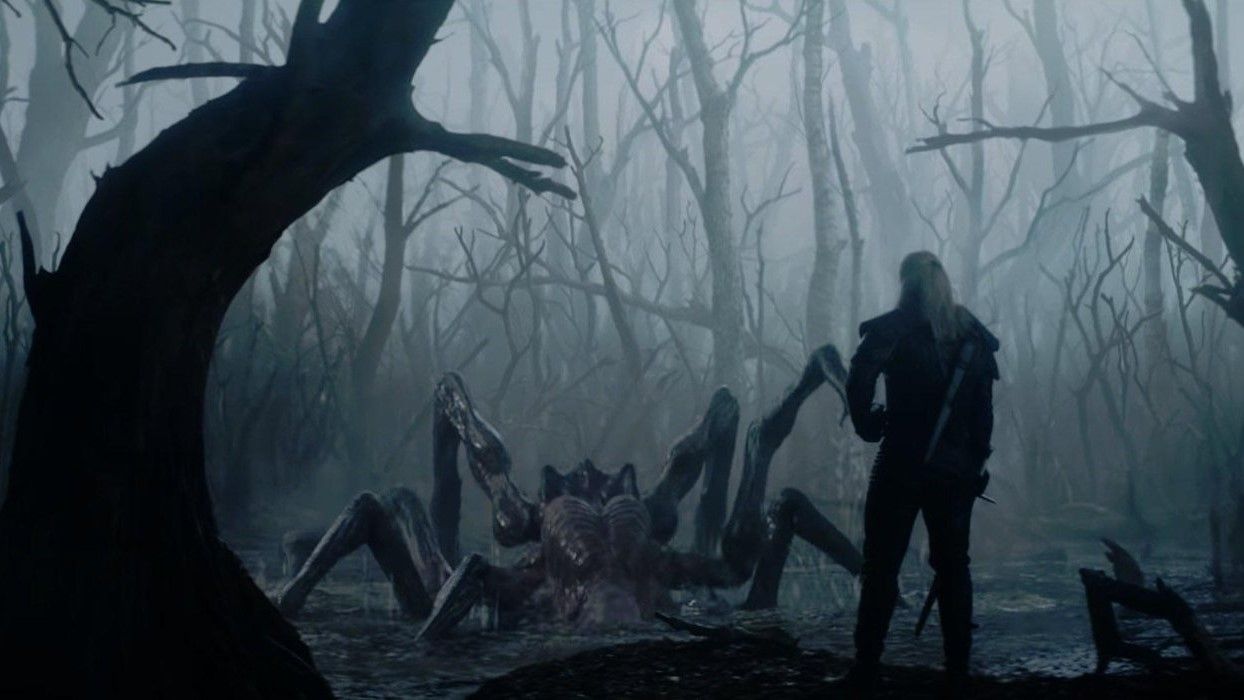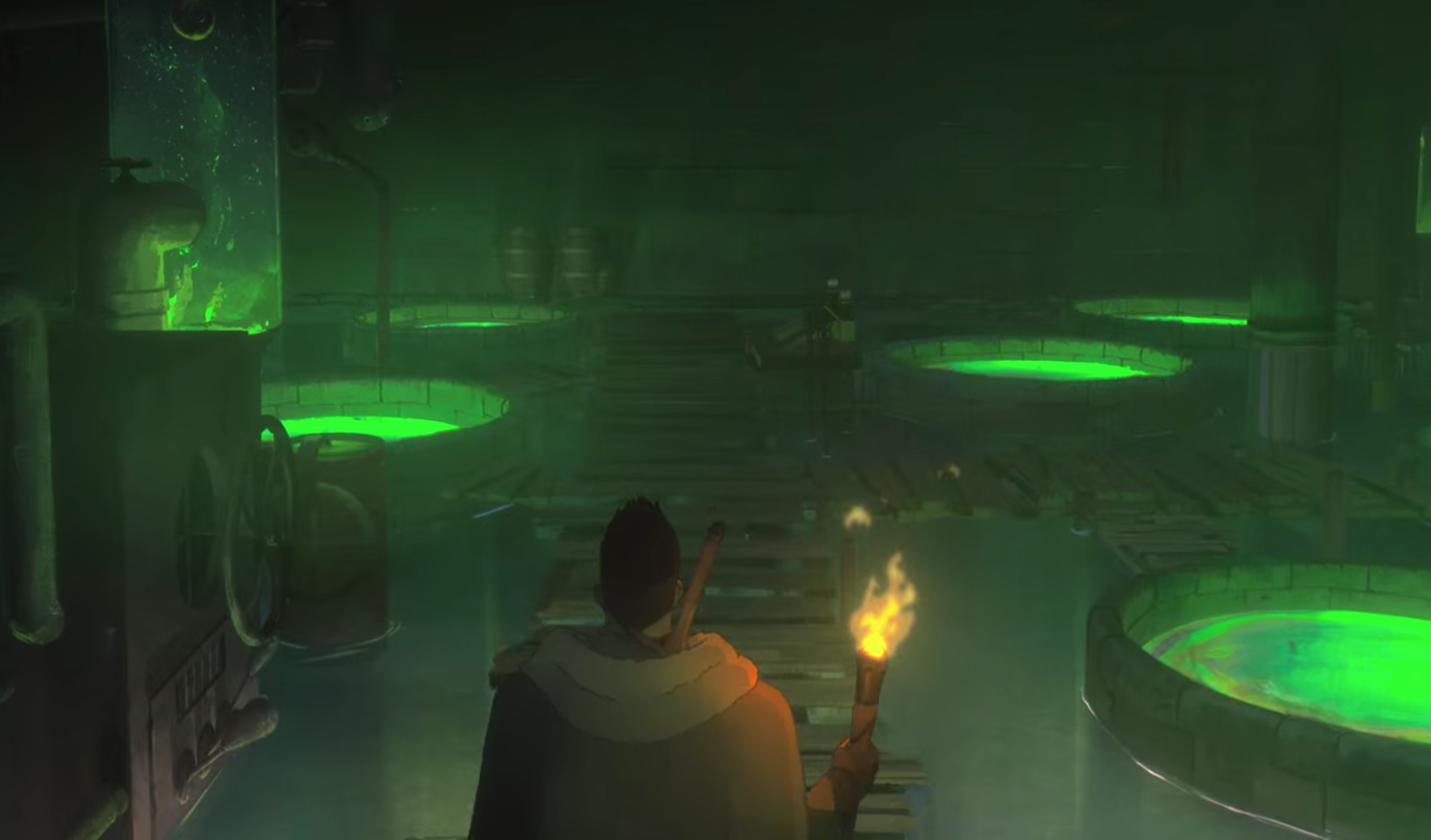Why witchers should be breeding monsters

Caution: This post contains spoilers for The Witcher: Nightmare of the Wolf.
The Witcher: Nightmare of the Wolf offers shocking revelations about the monsters that roam the Continent and the witchers who kill them for money. The new Netflix animated film, a prequel to the events of the hit fantasy show, book series, and videogame, Nightmare of the Wolf casts a dark cloud over the witcher guild by revealing that these mercenary monster slayers are breeding the very beasts they kill in order to keep their business alive.
While series protagonist Geralt was always a conflicted hero at best, this new bit of backstory raises questions about whether witchers — mutated humans trained from childhood to kill monsters — should be considered friends of humanity at all. (It also helps explain why most humans regard witchers with a mix of intense distrust and dislike.) But while releasing new monsters into the world for cash is a pretty morally bankrupt thing to do, a close read of the books suggests the guild's actions might have an upside. Monsters are the Continent's apex predators, and reintroducing them to the wild might undo some of the ecological damage caused by their declining populations.
In the world of The Witcher, monster is a catch-all term encompassing a host of non-humanoid species that hunt and kill people: kikimoras, manticores, wyverns, basilisks, and strigas to name but a few. (Witchers do not consider humanoids like elves, dwarves, or gnomes to be monsters, nor are dragons considered monsters due to their intelligence.) By the events of the books and the TV show, witchers have been systematically extirpating monsters for several centuries, and many of these man-killers are on the verge of extinction.

Not everyone sees that as a good thing. In Sword of Destiny, Polish fantasy author Andrzej Sapkowski's second book of witcher-themed short stories, the sorcerer Dorregary tells Geralt that by killing humanity's "natural enemies," people are upsetting the "equilibrium" of the Continent, and that this could precipitate a cataclysmic extinction event. While Geralt brushes this comment off as out-of-touch proselytizing, he's keenly aware that "something is ending" in the world as nonhumans disappear, and he's concerned enough about the consequences that he generally won't kill endangered species. Even ordinary humans seem to be losing their appetite for monster slaying: As the poet Dandelion notes in The Last Wish, Sapkowski's first short story collection, sighting a forktail "no longer gives rise to fear but rather to compassion and nostalgia for times passed."
Here on Earth, predators have suffered a similar fate. The extirpation of our "natural enemies" began tens of thousands of years ago as early hunter-gatherers spread around the world, systematically killing large animals, including large predators, along the way (climate change was also a culprit in many early megafauna extinction events). In the last few centuries, people have carved up many of the world's remaining wild places for agriculture and urban development, accelerating the decline of large predators. Today, more than half of the world's 25 largest land-based carnivores are threatened with extinction and 80 percent are in decline, according to a 2018 paper. In the oceans, meanwhile, many populations of marine predators, including sharks, toothed whales, and pinnipeds, have crashed over the last several centuries due to overfishing and hunting.
These large meat-eaters are ecological lynchpins, and their loss has rippled through ecosystems. The extirpation of gray wolves from Eastern North America in the 19th and 20th centuries allowed elk and deer populations to boom with cascading effects on everything from plant community composition to, potentially, the spread of tick-borne Lyme disease. The decline of sea otters off the west coast of North America due to the 18th and 19th-century fur trade, meanwhile, resulted in severe overgrazing of kelp forests by sea urchins.
It's hard to say exactly how the disappearance of monsters has impacted the ecology of the Continent. Despite Dorregary's dire warnings about extinction, Sapkowski doesn't show readers the consequences so much as he instills The Witcher novels with a creeping sense of loss and solastalgia. But we do get a few hints. At one point in Sword of Destiny, the sorceress Yennefer observes that "the artificial environment created by people" is allowing populations of pseudorats, zeugls, and other urban pests to explode — in much the same way that urban fauna thrive in the apex predator-free environments we've built. In The Last Wish, when priestess Nenneke explains how certain plant species are going extinct due to a rise in harmful solar radiation, it raises the question of whether man's ecological interference is having climactic effects, too. There's precedent for this on Earth, where sperm whale poop helps fertilize the Southern Ocean, resulting in additional carbon drawdown by phytoplankton. The decline of sperm whales and other large animals like forest elephants has likely added billions of extra tons of heat-trapping gases to the atmosphere.
It's against this backdrop that Nightmare of the Wolf's revelation that witchers are both monster killers and breeders becomes a bit harder to condemn. Master witcher Deglan and his followers might only be interested in remaining profitable when they engineer new "crossbreeds" to release into the wild. But it's possible that doing so will slow the dangerous changes occurring in the atmosphere and help control some of the urban varmints that are apparently plaguing human settlements. Then again, releasing new kinds of predators into an ecosystem runs the risk that they won't act like the old predators, notes Asia Murphy, an ecologist at the University of California Santa Cruz.

"If you have, for example, deer who are used to predators that run after them, like wolves, then they won't be ready to avoid a predator that ambushes them from cover, like pumas," Murphy told The Science of Fiction. "That could end up with a ton of deer being killed."
Katie Florko, an ecologist at the Institute for the Oceans & Fisheries at the University of British Columbia, adds that there are "a lot of ethical concerns" with introducing an extinct or genetically altered "crossbreed" into an environment, citing efforts to resurrect wooly mammoths by mixing ancient mammoth DNA with that of modern elephants. "Of note is the question on whether or not we should be investing resources into species that have gone extinct when there are plenty of endangered species (and more every day) that could use the funding, research, and conservation initiatives before they too become extinct," Florko said.
So, if witchers want to brand their monster breeding program as eco-friendly, perhaps they should focus on boosting populations of endangered draconids rather than unleashing brand-new nightmares on the world. Humans probably won't like it either way, but the Continent might be better for it in the long run.